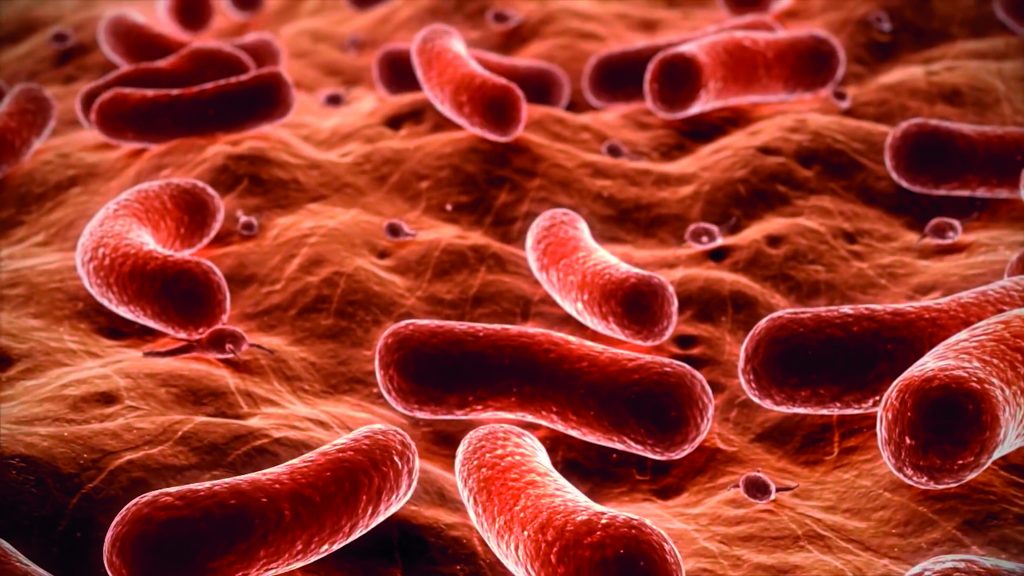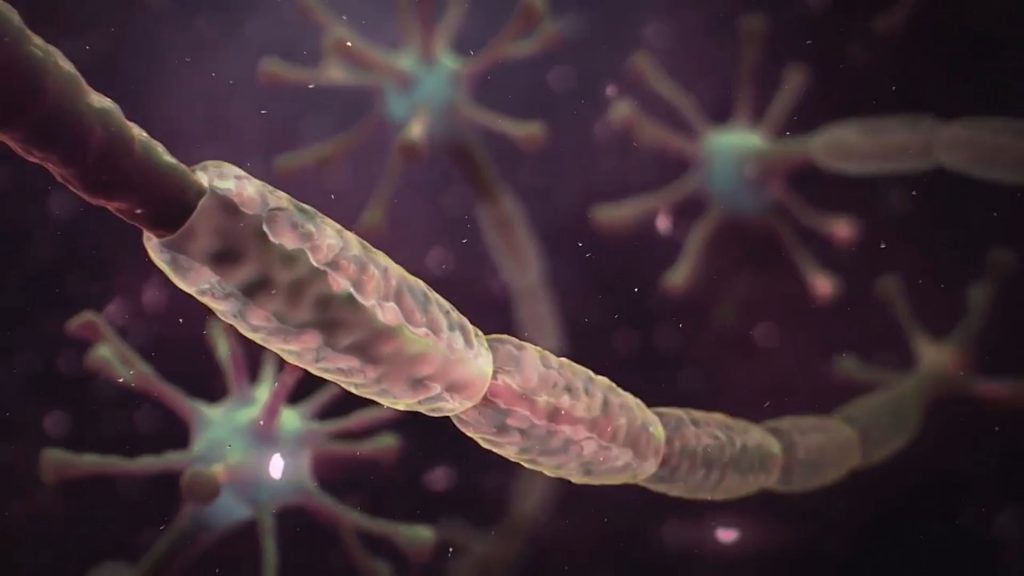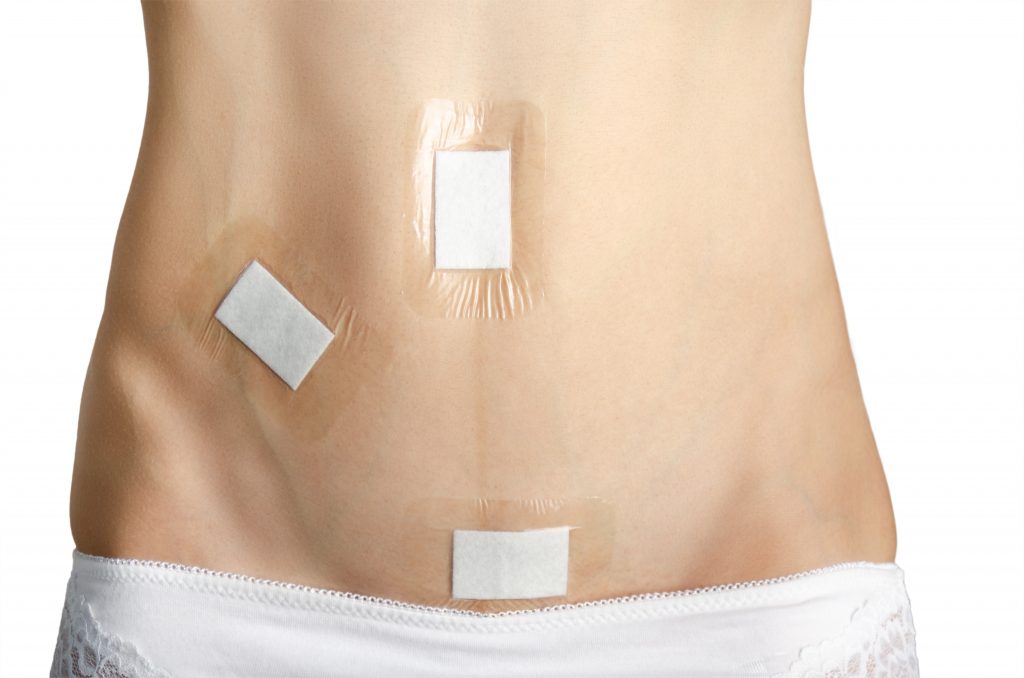Pediatric IBS
Infants, toddlers and teenagers who present with early gastrointestinal problems

Number of cases
Mean age
Rate of success
Treatment duration
Most common symptom
Most common culprit
The time from conception until a baby becomes almost 3 years old is very crucial for the gut microbiome, gut immune properties and even the likelihood of developing serious diseases in the future. Complete maturation and functionality of the gut relies on the mother’s vaginal microbiome at the moment of conception, on the duration and quality of breastfeeding, on the oligosaccharide content of breastmilk, on the mode of delivery and of course on the antibiotic exposure of the baby. Even one pill can make the difference. Instead of describing similar cases I will cite some statistics from the first 400 pediatric cases (younger than 12 years old).
Johnny was born by a pre-scheduled c-Section on December 2011. Johnny’s mother chose an eclectic cesarean section because she did not want to deviate from her work schedule which was too demanding. Birth assessment was very good. Perfect APGAR score, no jaundice and he breastfed directly. The initial neonatal metabolic was unremarkable for 45 metabolic diseases and eventually he got discharged from the maternity ward three days later.
Helen, Johnny’s mother stopped breastfeeding just two weeks after the child’s birth. Naturally, she replaced breast milk with a formula from cow’s milk. Two weeks later, Johnny presented with rashes in his legs and his belly. The pediatrician considered it as an allergic reaction to milk and changed the milk’s brand. Yet these rashes insisted, so he suggested on giving Johnny soya milk. Indeed the rash disappeared and until Johnny became 6 months old everything was fine.
Mode of delivery defines the template upon which the microbiome will develop and thrive. Any initial deviation confers alike health deviations in the future
At six months Johnny started solid foods, while at the same time he experienced a viral infection and the pediatrician recommended a 7-day antibiotic treatment. After the end of this treatment, Helen began noticing that her little boy pooped on the diaper more than three times daily. And this is how it started. Diarrhea, bowel pain, bloody stool, no weight gain, hundreds of tests, and a ton of antibiotics later they visited my office.
Flu complications - Cephalosporin
Otitis media - Amoxicillin
Bronchiolitis - Azithromycin
Otitis media - Amoxicillin
Bronchiolitis - Cefuroxime
Otitis media - Clarithromycin
Pharyngitis - Cefuroxime
Otitis media - Clarithromycin
Flu complications - Cefuroxime
Flu complications - Cephalosporin
The first batch of microbes reaching the intestinal tissues is critical for at least the first 9 to 15 months. The trajectory of the microbiome will follow the initial inoculation
The constant enrichment of the commensal gut microflora is achieved through breastfeeding. Commercial milks have the same composition, whereas breastmilk's composition changes with every pump
Antibiotics in early ages has more profound and long-lasting effects. Several pathogenic bacteria may inhabit and produce extended physicochemical changes that favor non-commensal populations
While the capacity of mucosal healing is enormous in such young ages, lifestyle deviations, like reduced sleep and poor diet choices may propagate and aggravate dysbiosis
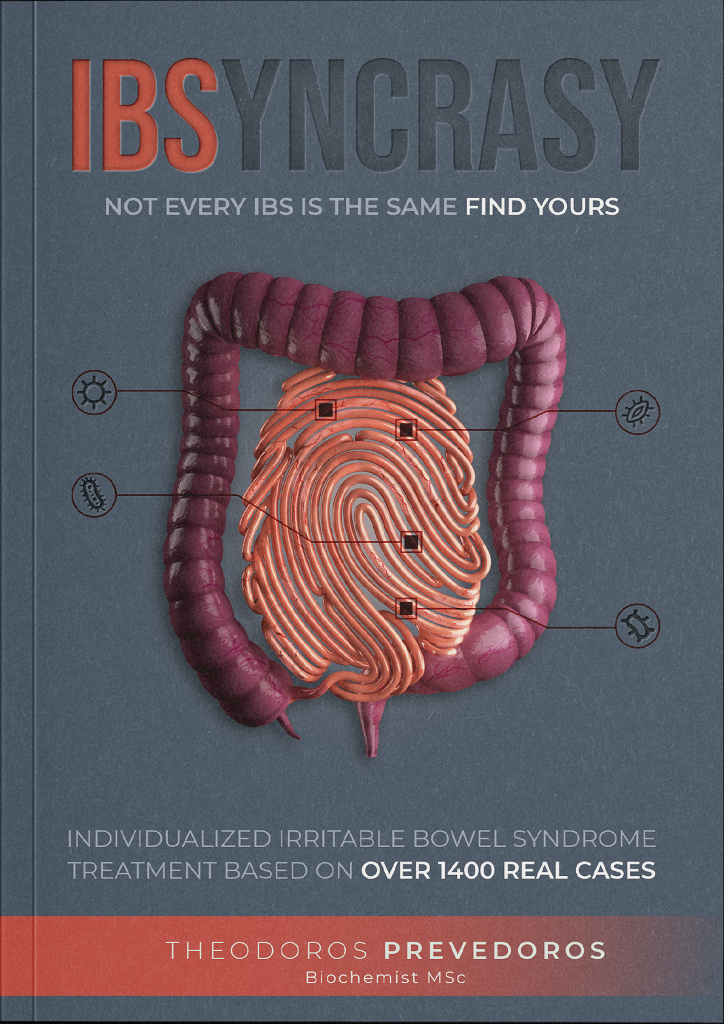
Causes of bowel pain in children is hard to diagnose. At the age of 5, stool and urine sample collection is easy. Blood draw, though, is a different thing. Children should be prepared for days before the go to the hospital. Ruling out anything serious about Johnny’s health was the first task. Complete blood count, full thyroid function test, celiac antibodies were only some of the tests that were needed, whereas molecular screening of the microbiome was the basis of the assessment.
At this age frequent diarrhea is more serious since constant loss of valuable nurtients may hinder proper development
Bloating is extremely annoying in young children and may produce tantrums and inexplicable behavior
Gas production is a hallmark of inappropriate feremention of starches and fibers
Allergies are usually the result of inappropriate food digestion (thus producing antigens) rather than a genetic predisposition for atopic reactions
Johnny’s results did not indicate any serious metabolic or hormonal problem. However, his microflora looked ugly. All probiotic populations were almost exhausted while very high levels of populations such as Bacteroides vulgatus, Klebsiella pneumoniae, E. coli, and moderate levels of many other bacteria, were recovered. In addition, levels of the fungus Candida were recovered 100 times more than normal. Neutrophil inflammation markers were normal. The eosinophilic X protein was too high and could justify both the child’s diarrhea and allergies. Fat stool levels were very elevated while blood levels of vitamins were low. Finally, secreted immunoglobulin A in both faeces and saliva was below normal limits.
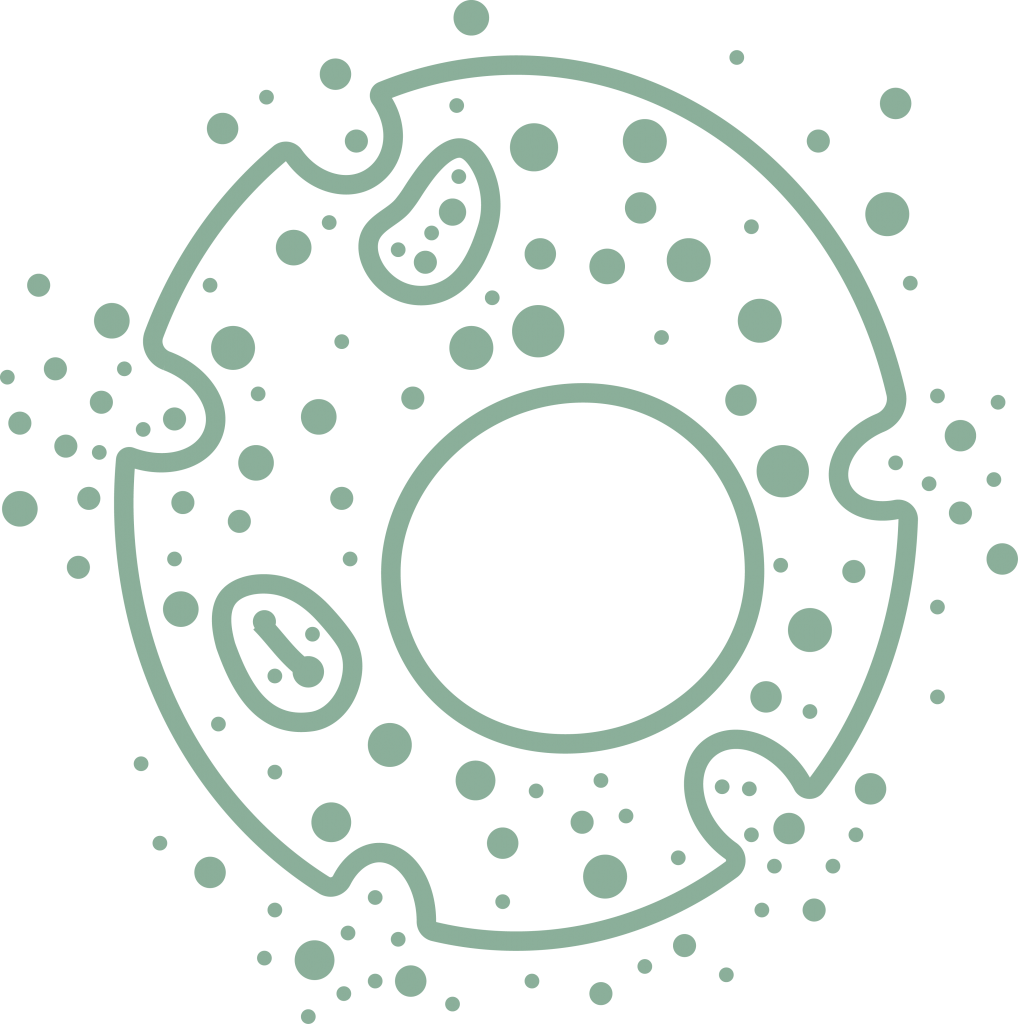
Elevated stool eosinophil activation
Constant eosinophil activation leads to allergic reactions in the intestines and the rest of the body
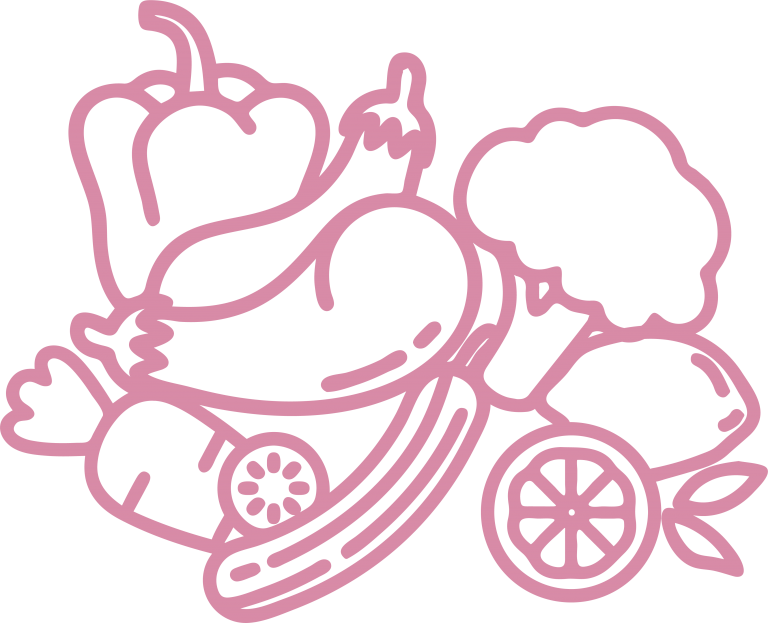
Vitamin inadequacies
Mismanagement of vitamin and nutrient utilization. Low bacterial production of cofactors
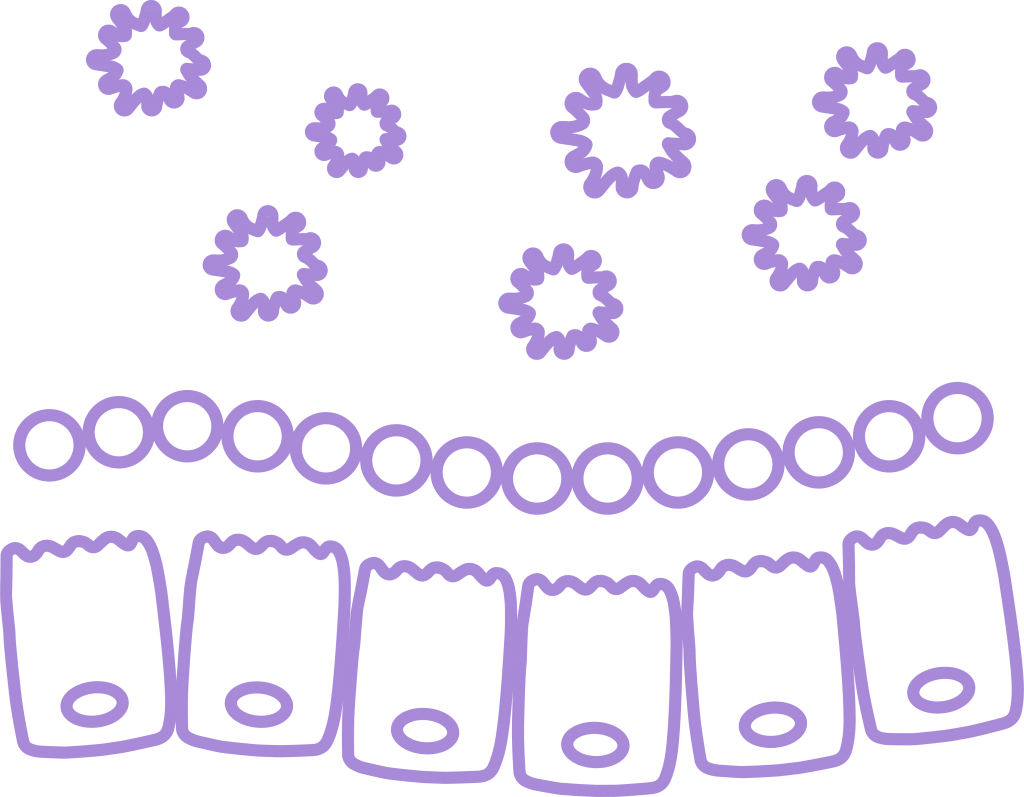
Low sIgA
Compromization of the first line of defense leads to frequent gastrenteritis (and other infections)

Probiotic sterility
Poor natural inoculation of commensal bacteria
Johnny had already received tons of antibiotic treatments. So I decided to try a more natural antimicrobial blend for him. In any case, the process of recovering an intestine that is altered right from the beginning is difficult. In order to avoid very severe adverse effects from treatment, there should be gradual reduction of pathogenic bacteria with corresponding gradual replacement by beneficial populations. At the same time, a series of vitamins that have been recovered at very low levels should be replenished as the child is in an acute developmental phase.

They had done a good job with regard to the diet, and Johnny had gained 1.5 kilos. I repeated the examination of eosinophilic inflammation and the results were clearly encouraging, as its value had now reached normal limits.
What pleased Helen was that Johnny now slept very well during night and during the day he seemed rested and happy. Over the next two months our appointments were kept small as Johnny steadily got better. In the sixth month, I saw Johnny and his mother, Johnny was now 26 kilos and his intestinal function was great.
His diarrhea had stopped the previous month. Obviously, I advised Helen to keep up with the good work and try, for as long as possible, to keep Johnny away from dairy, ice cream and soft drinks. In addition…
Pediatric cases are always challenging. In fact, both children and parents must be taught right from the beginning how to eat and how to protect the fragile and developing intestinal environment. The first 6 months, before the introduction of solids, is crucial and that is why the three aforementioned parameters – mode of delivery, breastfeeding and antibiotic use – are critical and prognostic for future gastrointestinal complications. After the introduction of solid foods the difference in the microbiome between well-nourished and predisposed infants diminishes, but this critical time window defines the trajectory of intestinal health for years.
- Mode of delivery defines the template upon which the microbiome will develop and thrive. Any initial deviation confers alike health deviations in the future
- Diarrhea and allergies are a common phenotype of babies born via c-section and never breastfed, whereas constipation is less common
- Breastfeeding is the only way to properly nourish the microflora and the means to replenish any commensal bacterial populations lost during development
- Antibiotics may disturb the human microflora right from the first pill

With a background in Chemistry and Biochemistry from the National and Kapodistrian University of Athens, Theodoros brings a wealth of knowledge in functional medicine and advanced treatments to his role. He possesses exceptional skills in analysis, pattern recognition, diagnostic translation, and storytelling. He is also FMU certified in Functional Medicine and has received training in advanced treatments from the Saisei Mirai Clinic in Japan.
